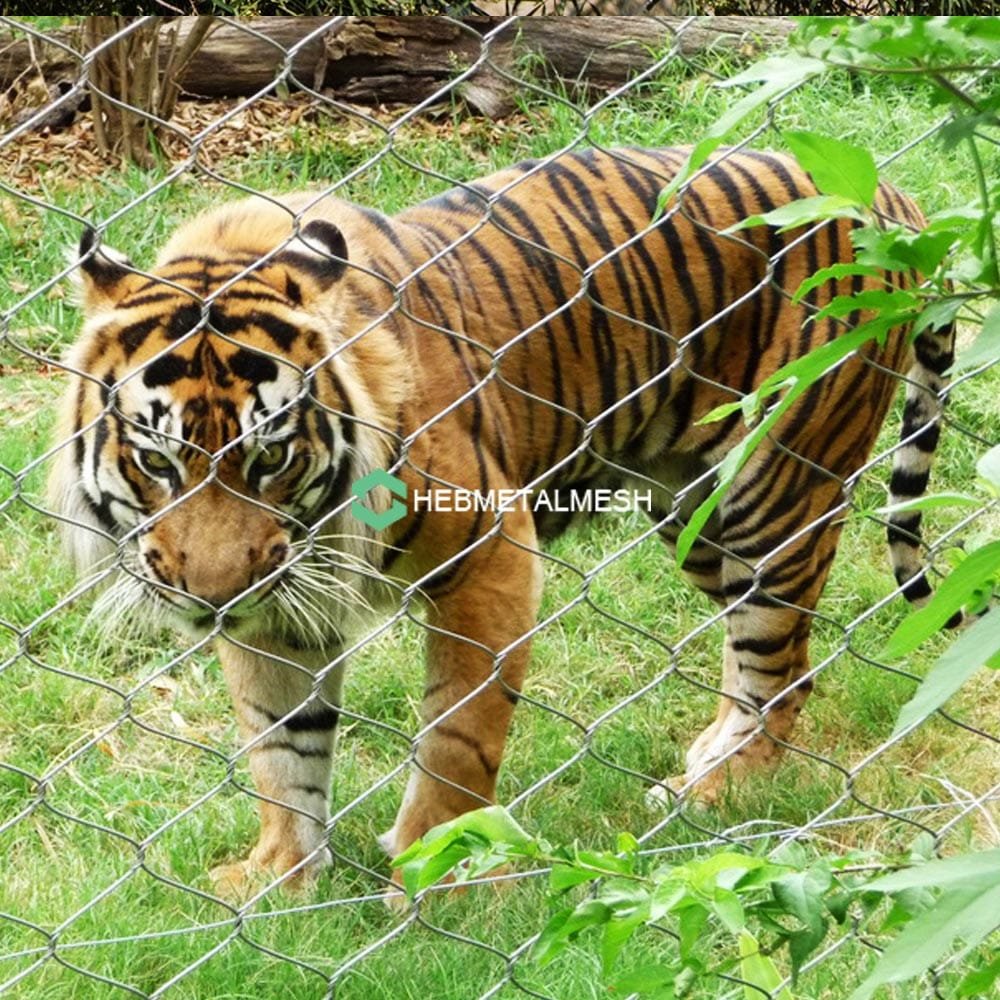Zoo netting is a vital component in the world of animal conservation. It ensures the safety of both animals and visitors.
However, understanding the cost of zoo netting can be complex. It’s influenced by a variety of factors, from material and size to design complexity and installation.
In this article, we delve into the intricacies of zoo netting cost. We aim to provide a comprehensive understanding of the pricing involved.
Whether you’re a zoo administrator, an enclosure designer, or a procurement specialist, this guide will assist in your budgeting and decision-making process.

The Significance of Zoo Netting
Zoo netting plays a crucial role in animal enclosures. It’s designed to keep animals safe and secure within their habitats.
At the same time, it protects visitors from potential harm. It’s a barrier that ensures a safe distance between humans and animals.
Moreover, the right netting can enhance the visitor experience. It allows clear visibility while maintaining the illusion of a natural environment.
In essence, zoo netting is more than a functional element. It’s a critical aspect of zoo design and animal welfare.
Factors Influencing Zoo Netting Cost
The cost of zoo netting is influenced by several factors. It’s not just about the initial purchase price.
Consideration must be given to the total cost of ownership. This includes installation, maintenance, and potential repair costs.
Material choice is a significant factor. Different materials come with different price tags and durability levels.
Custom dimensions and design complexity also play a part. The more complex the design, the higher the cost.
Finally, the cost of installation and ongoing maintenance can’t be overlooked. These are essential aspects of the total cost.
Material and Durability
The choice of material greatly affects the zoo netting cost. Stainless steel netting, for instance, is known for its durability and longevity.
However, it’s also more expensive than other materials. Innovative materials like nylon or Dyneema may offer cost savings or performance benefits.
The key is to balance cost with durability and performance.
Custom Dimensions and Design Complexity
Custom dimensions and design complexity can significantly affect the cost. Larger enclosures require more netting, increasing the cost.
Similarly, complex designs may require specialized installation. This can also add to the overall cost.
It’s important to factor these elements into the budgeting process.
Installation and Maintenance Expenses
Installation costs can be as significant as the netting material itself. It’s not just about buying the netting.
There’s the cost of labor and equipment for installation. Plus, there’s the ongoing cost of maintenance and potential repairs.
These should all be factored into the total cost of ownership.
Strategic Cost Management for Zoo Netting
Strategic cost management is crucial when investing in zoo netting. This involves considering the life cycle cost, not just the initial investment.
It’s also about balancing cost with ethical considerations for animal welfare. The netting must be safe and suitable for the animals it’s designed to contain.
Moreover, the role of netting in veterinary care and emergency situations should be considered. This can influence the type and amount of netting required, impacting the cost.
Bulk Purchasing and Supplier Comparison
Bulk purchasing can lead to discounts, lowering the overall cost. However, it’s important to ensure the quality isn’t compromised for the sake of cost savings.
Supplier comparison is also essential. Different suppliers offer different prices, quality, and warranty options.
Choosing a reputable supplier with a proven track record can provide long-term cost savings and peace of mind.
Conclusion: Balancing Cost with Quality and Safety
In conclusion, understanding the pricing of zoo netting involves a careful balance. It’s not just about finding the cheapest option, but ensuring quality and safety.
Investing in durable, high-quality netting can lead to long-term cost savings, improved animal welfare, and a better visitor experience. It’s a worthwhile investment for any zoo.


